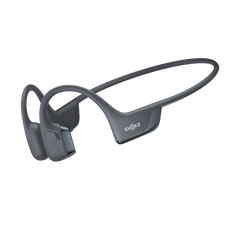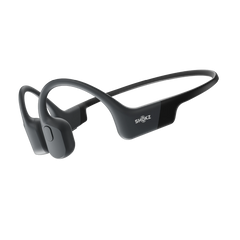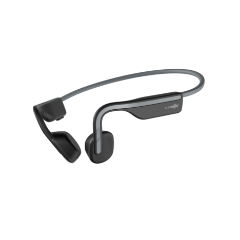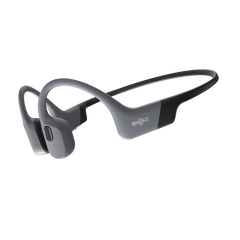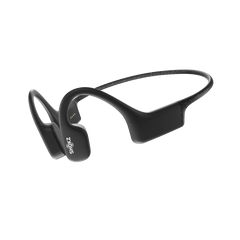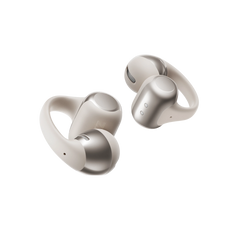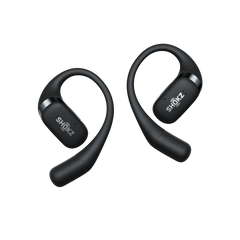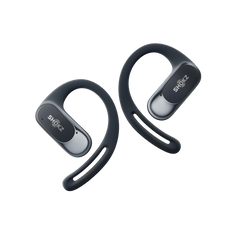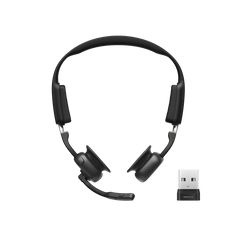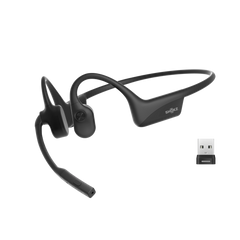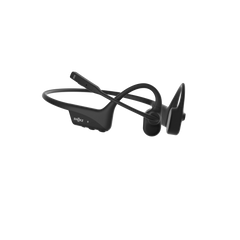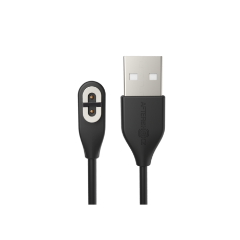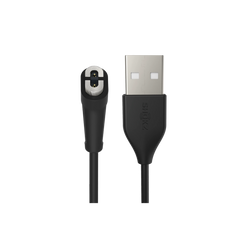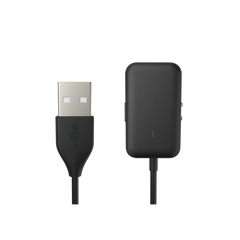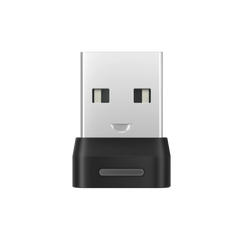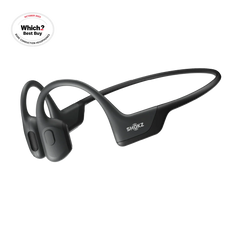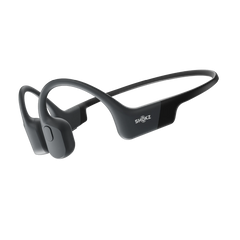From material selection and inspection to production control, we spent nearly two years developing Shokz Ultra-Soft Silicone™ 2.0. This new material has been successfully applied to the next generation of Shokz open-earbuds, OpenFit 2.
Shokz Ultra-Soft Silicone™ 2.0 possesses the safety, non-toxicity, and sustainability of regular silicone and is even softer than Shokz Ultra-Soft Silicone™ 1.0. With a Shore 00 hardness of 16±3*, it feels as soft as a marshmallow and ensures all-day comfort.
We found that comfort was a major pain point for many of them. With this in mind, our Shokz engineers developed a highly soft and elastic silicone material known as Ultra-Soft Silicone™ 1.0, commonly used to replicate the smooth, soft characteristics of our skin. In 2023, OpenFit became the first earbuds to incorporate this material into its design, drastically improving overall comfort. Although it received great feedback, the Shokz team wanted to push the limits even further.
In 2018, Shokz began using liquid silicone, a softer material than solid silicone currently used as the exterior material for most of Shokz's headphones.
The challenges we overcame to successfully use liquid silicone include:
1. Refined Digital Management: Molding process of liquid silicone is complex. Any small variation in parameters could result in defects. We optimized the molding by rigorously controlling key conditions.
2. High-Fidelity Color Presentation: Liquid silicone is exceptionally soft, but its inherent adhesive properties can affect pigment dispersion and absorption. To achieve even coloring, we carefully considered pigment selection, proportioning, and color adjustment environments. Every stable color is the result of repeated trials.
In 2016, Shokz overcame the engineering challenges of integrating solid silicone, titanium wire and other delicate components in a compact and functional design. This milestone achievement represented a major technological breakthrough in incorporating silicone into bone conduction headphones and inspired the entire industry’s product design.
In 2015, Shokz launched its first open-ear headphones with a special alloy, behind-the-ear design — Titanium. Featuring a unique silicone-wrapped titanium wire structure, these headphones marked a qualitative leap forward in user-wearing experience. Shokz has continuously expanded the application range of titanium wire with each new generation of headphones, extending the nickel-titanium alloy from the neckband design to the ear-hook design.
*Note: What is the Shore Hardness Scale?
The Shore Hardness Scale is an internationally recognized method for measuring the hardness of industrial materials. It uses a Shore Durometer to determine a material’s resistance to indentation pressure. The higher the number, the harder the material.
Shore D, Shore A, and Shore 00 are the three most common Shore Hardness categories.
-Shore D is often used to measure hard materials, like plastics. (e.g. a hard hat is 80 Shore D)
-Shore A is often used to measure various materials of medium hardness, like silicones. (e.g. a tire is 60 Shore A; a rubber band is 20 Shore A)
-Shore 00 is used to measure softer materials, like gel. (e.g. a marshmallow is 10 Shore 00)
The Shokz Ultra Soft Silicone™ 2.0 is an entirely new material that can be evaluated using two scales: Shore 00 or Shore A. After testing, it recorded a rating of 16±3 in the Shore 00 category and -20 in Shore A, not far off from that of a marshmallow.
